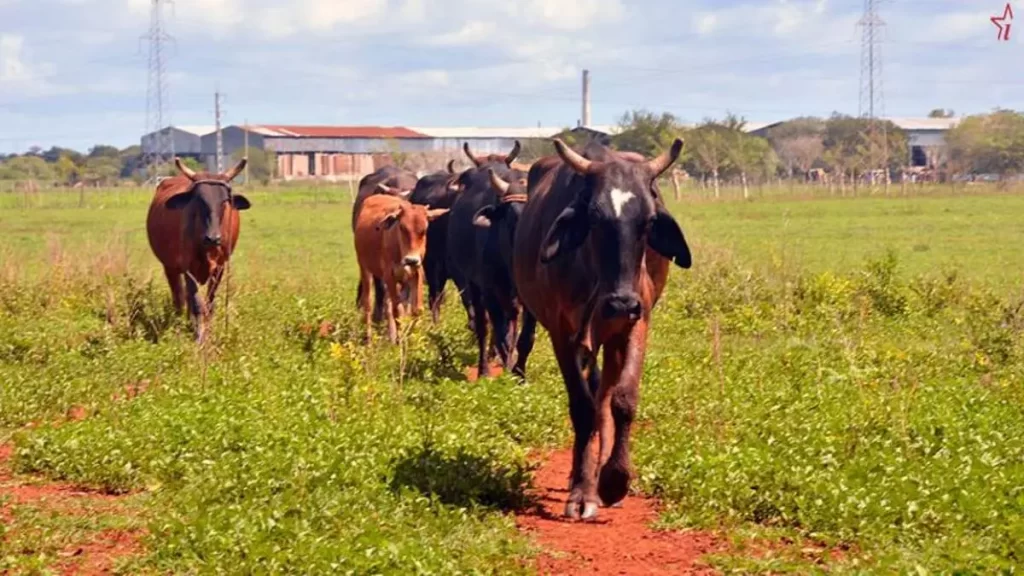
14ymedio, Madrid, 7 March 2024 — The dairy industry in Ciego de Ávila receives 12,300 liters (3,249 gallons) of milk every day, half of what it should have, about 24,000 (6,340 gallons), for children under seven years old, special medical diets, and consumption in hospitals and centers for the elderly. The established plan is 17,500 (4,623 gallons), but the producers don’t deliver what they contracted with the State.
This situation produced a lot of talk this week about the difficulties in meeting the needs of the population that was guaranteed milk, which forced the Government to ask for formal help from the UN World Food Program.
In that context, powdered milk will be delivered only to babies through seven months, while the others must have fluid milk, which is in short supply. The data come at the end of an extensive report by the newspaper Invasor, which brings up another important issue about the milk: its adulteration. The report traces in detail a chain, apparently impeccable, in which it is difficult to find – if it works so well – the point where the milk is mixed with water or other substances that can even put health at risk.
It is difficult to understand why such a well-oiled system has so many known frauds and why so few offenders are detected.
It’s not a minor problem and is denounced by a large part of the population. The report, entitled “Water and Other Milk Demons,” begins by saying, “The history of the adulteration of cow’s milk is as old as the very act of milking that ruminant, and it turns out that when demand increases and the product is scarce, the easiest way for a cheater, or several, is to add water and other demons to ’stretch’ it and increase profits,” says Invasor.
The tracking begins when the drivers arrive with the milk at the Dairy Products Company. “If the microbiology laboratory determines irregularities in any part of the trip, the next day an inspector of the Dairy Community Business Unit or a member of the board of directors of the entity accompanies that driver and takes the corresponding samples to analyze them.” Another point of interest is the inspection of producers to verify that milking takes place in the required hygienic-sanitary conditions.
According to the managers of the sector, the chain reaches the ration stores, and samples are again taken “to check if there is correspondence between what comes from the dairy and what is collected, and if it is given directly to the consumer.” Finally, there is talk of an agreement with Commerce


